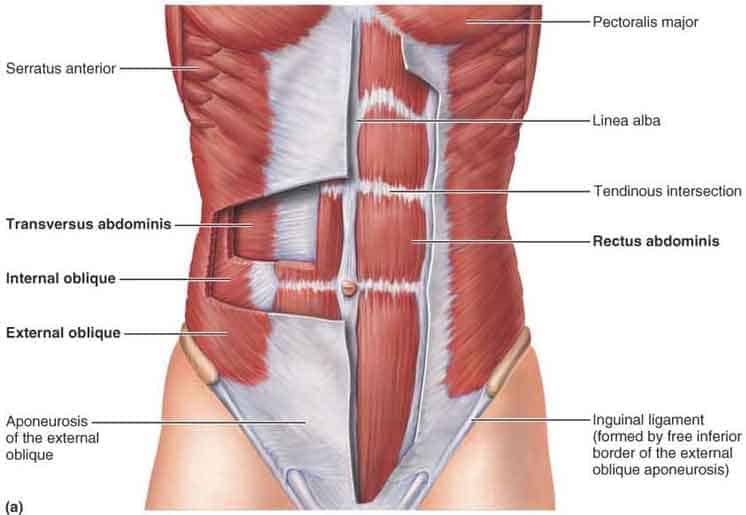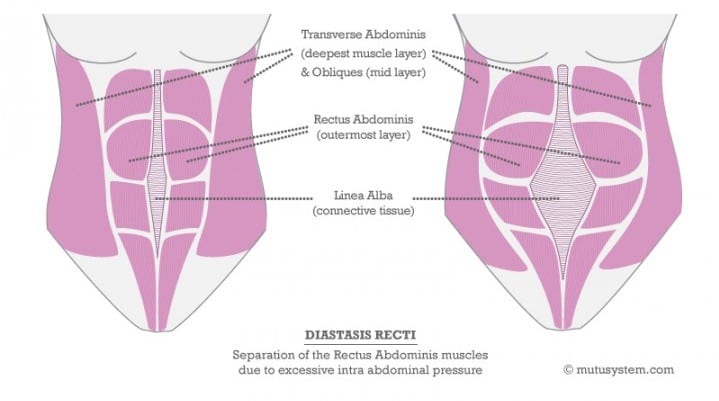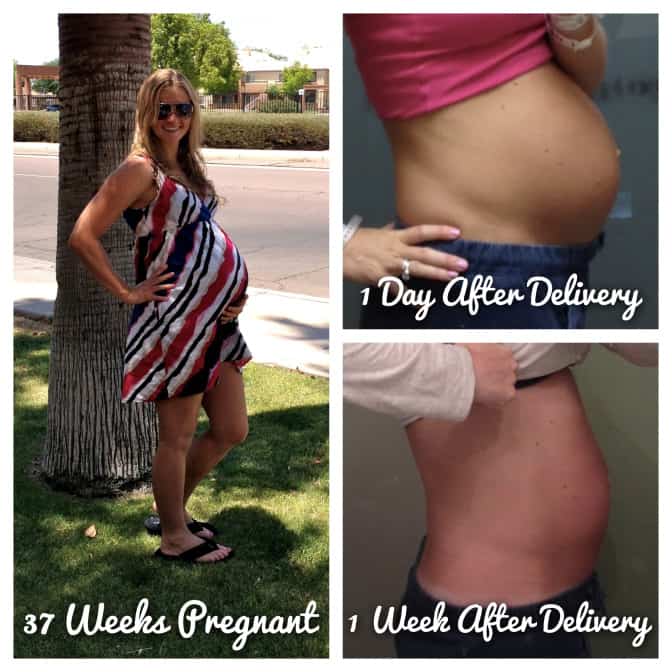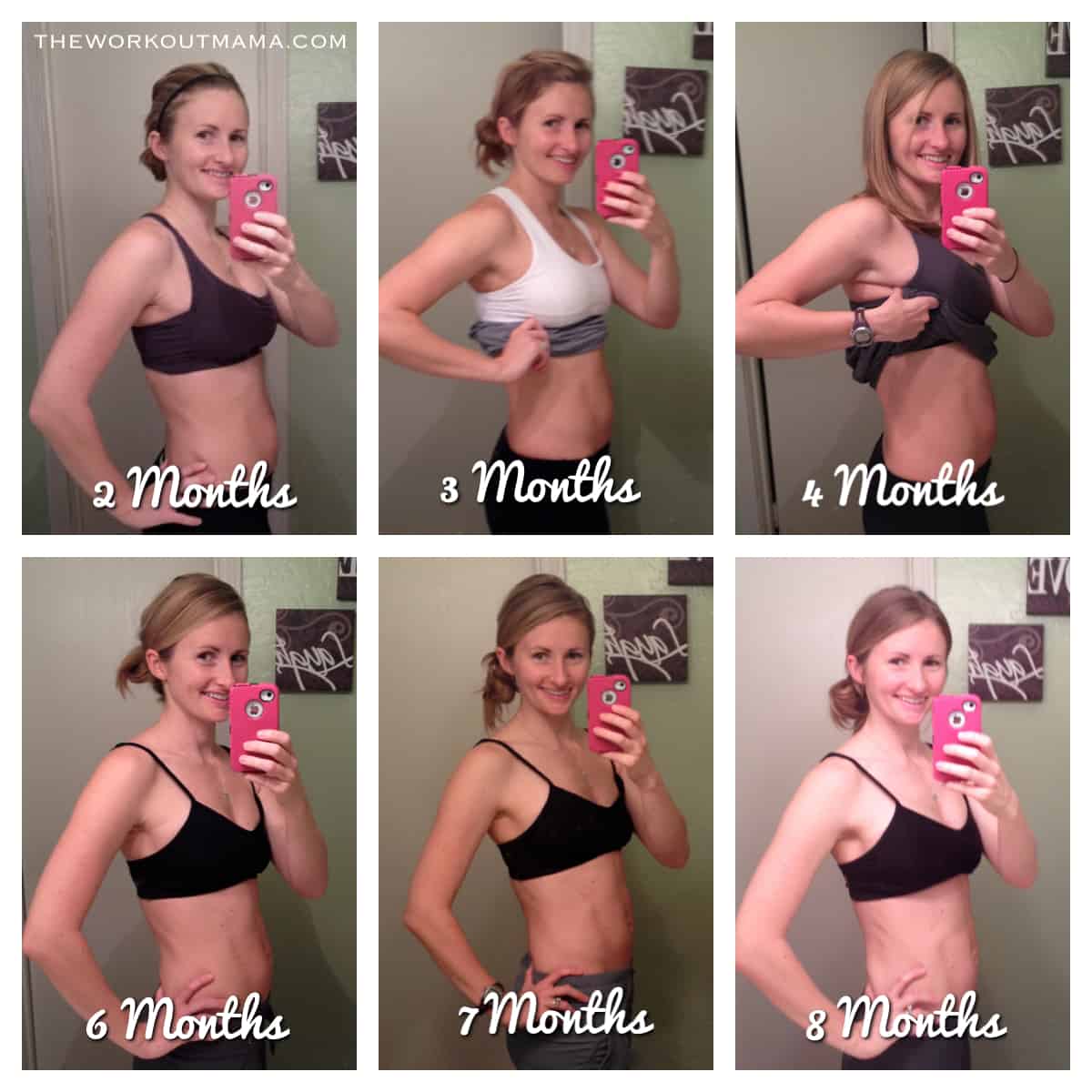 Last week at the gym when I made a quick dash to the restroom I found several ladies discussing how much more they hated jumping jacks now since having a baby. Seeing my pregnant belly they urged me to do my Kegels as they headed off to their group fitness class. I could totally relate to what they were talking about, you can read my post on this very topic: The Mama Confessionals: Oops…I Peed My Pants! Nobody wants to pee on themselves, which is why I thought it would be helpful to talk about how I feel about Kegels on the blog today.
Last week at the gym when I made a quick dash to the restroom I found several ladies discussing how much more they hated jumping jacks now since having a baby. Seeing my pregnant belly they urged me to do my Kegels as they headed off to their group fitness class. I could totally relate to what they were talking about, you can read my post on this very topic: The Mama Confessionals: Oops…I Peed My Pants! Nobody wants to pee on themselves, which is why I thought it would be helpful to talk about how I feel about Kegels on the blog today.
Now don’t stop reading this just because you haven’t had a baby. This post will be helpful to everyone, because even the manliest of men, can suffer from pelvic floor disorders. I think the majority of information that we have been told by our doctors, girlfriends, moms, and sister on Kegels is more harmful to us than helpful. Let me explain…
KEGELS & YOUR PELVIC FLOOR
Doing Kegels causes muscular contractions. Now if you have very slack pelvic floor muscles Kelgels, if done correctly, can be helpful to make the muscles taut. Unless you have worked with a pelvic floor specialist using a biofeedback machine it can be very hard to know if you are doing these exercises correctly.
I have heard some recommendations to do Kegels repeatedly throughout the day. Let’s think about this for a moment. Doing 1 exercise repetitively will only cause a tight muscle. If you already have a tight muscle contracting it more will further aggravate it. Doing this type of exercise over and over again during the day can cause the pelvic floor muscles to become weaker, not stronger. When pelvic floor muscles become weak they create instability throughout the entire core of the body. When you only focus on one small part of the puzzle you miss the big picture. Don’t miss the big picture here. Pelvic floor disorders are serious business.
Instead of tightening the pelvic floor muscles we should be lengthen them. Resist the urge to tuck your tailbone under when you are standing or walking. Normal movements that we do everyday play a huge role in how our muscles function. Do you wear high heels to work? Invest in cute pair of flats instead. Do you feel like you are constantly straining when you go the bathroom? Invest in a Squatty Potty. Seriously if you have never heard of these or think the idea of squatting to poo is crazy you are not alone. I laughed the first time I heard about the Squatty Potty, but it is seriously one of the best products we have ever purchased for our house! I will do a separate post on the benefits of squatting in the bathroom soon.
Be aware of your pelvic alignment. Take time to know where your pelvis is when you sit, stand, walk, and exercise. Like I mentioned above even going to the bathroom can shift the alignment in your pelvis. Want to know more about how you can adjust the alignment of your body? Check out several of my tips in my post The Truth About Diastasis Recti & Healing Your Core.
SQUATTING & STRETCHING
Do bodyweight squats daily and activate your glutes. If you really want to prevent pelvic floor disorders build up your glutes. Having a nicely shaped butt will not only give you a boost of confidence but it also will ensure that your pelvis is not being pulled forward by tight pelvic floor muscles. By squatting deep on a regular basis you are training the body to keep the little curve at the small of your back and the pelvic floor muscles from being overly tense.
Focus on stretching. Start with your calves, hamstrings, and groin (adductors). Stretching these muscle groups will help your squat become deeper. If you are an athlete and having tight quads and psoas can keep the pelvis tucked, which we want to prevent as much a possible. So get out the foam roller and focus on lengthen these muscle groups.
If you are having a baby squat during labor. Seriously! There are squat bars that can be attached to the end of your hospital bed. Grip that bar, push away, and deliver that baby with the help of gravity. I can tell you I had a great experience delivering Caden this way. My pelvis was aligned and I was in a position that allowed me to make the best use of gravity to push my baby out using every muscle group in my entire body.
All that to say I have ditched Kegels in favor of squats. Does this mean I don’t ever have leakage? Well no, but I will say that based on what I have heard from other mom’s my results have been successful. I am 28 weeks pregnant and can get through my workouts leak free. For me I feel like that is a success. Now if I get super sick with bronchitis and start pumping the fluids you probably won’t want to sit very close to me.
As women we need to encourage, educate, and be resources for each other. I know my body will never be back to how it was before having kids and I am 100% fine with that. The more you can understand why your body works the way it does the better equipped you will be to improve how it functions. I love sharing what I have learned through my own research here on my blog. If you want to learn even more about squatting and how to know if you are doing it correctly check out Katy Bowman’s post You Don’t Know Squat.
Now I want to hear from you! Leave me a comment below if you have any questions. I would also love to know: Did you do Kegels during your pregnancy and what were your results? Has anyone else squatted to deliver their baby?
Additional Reading:




















